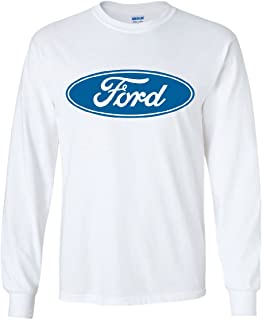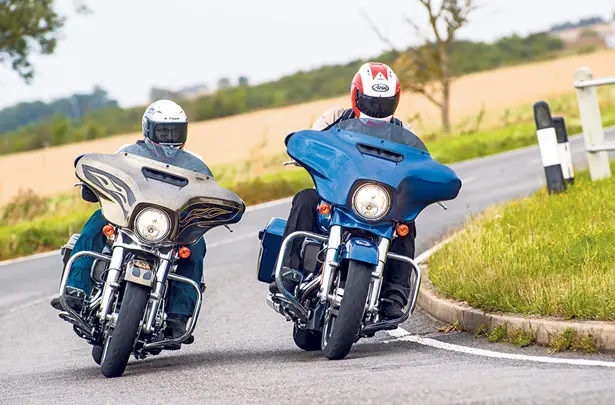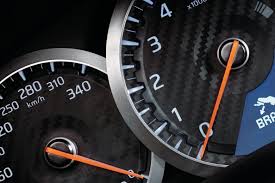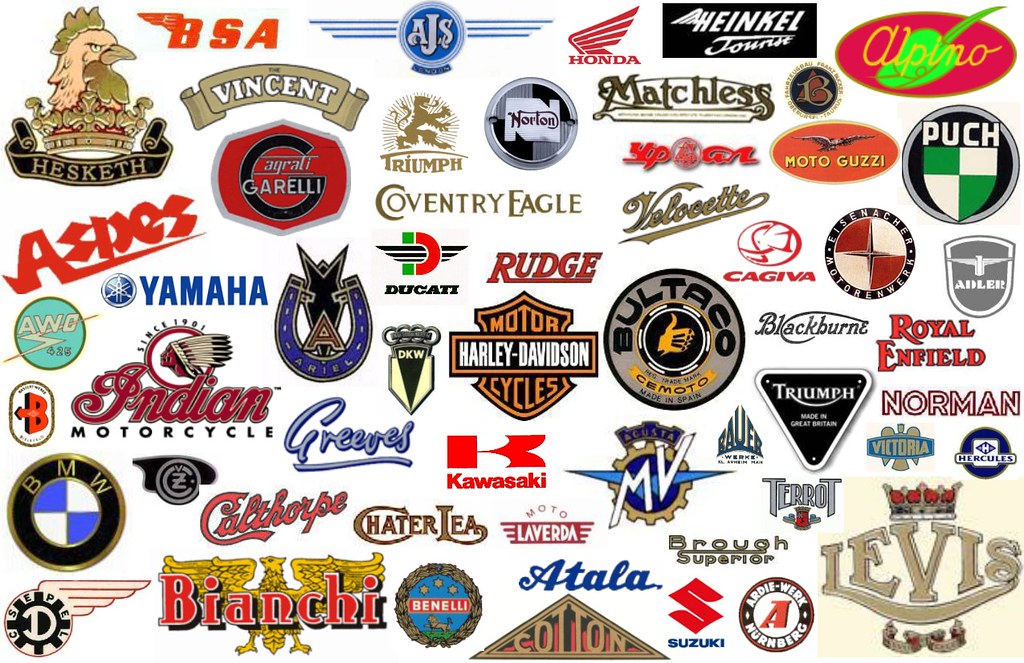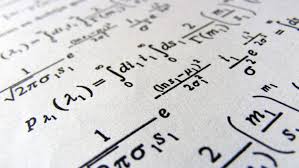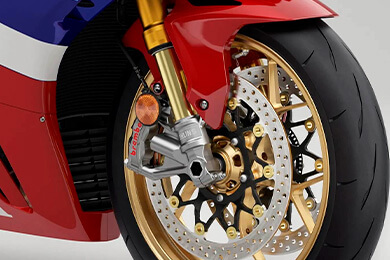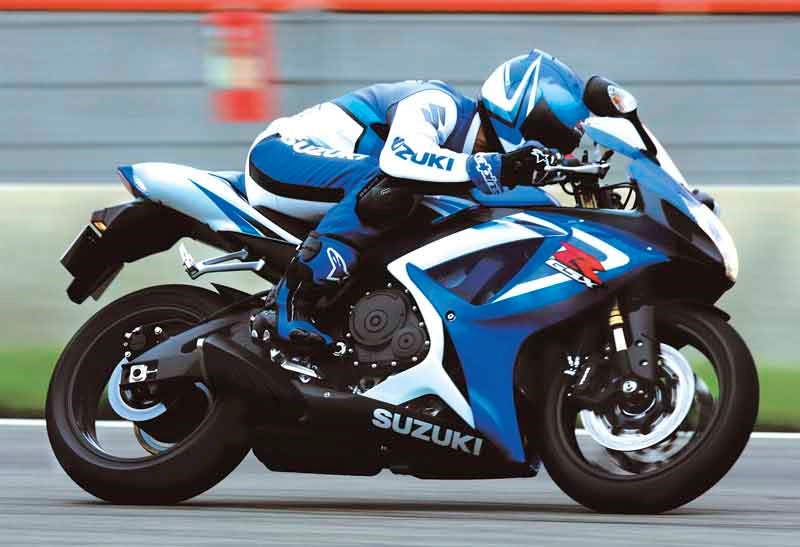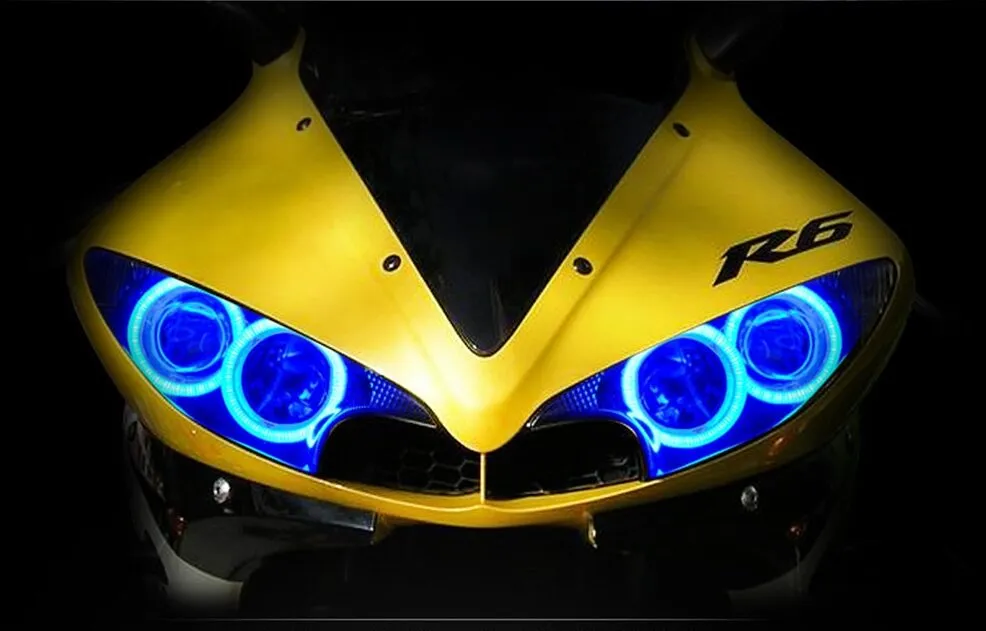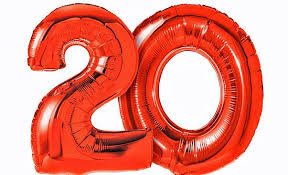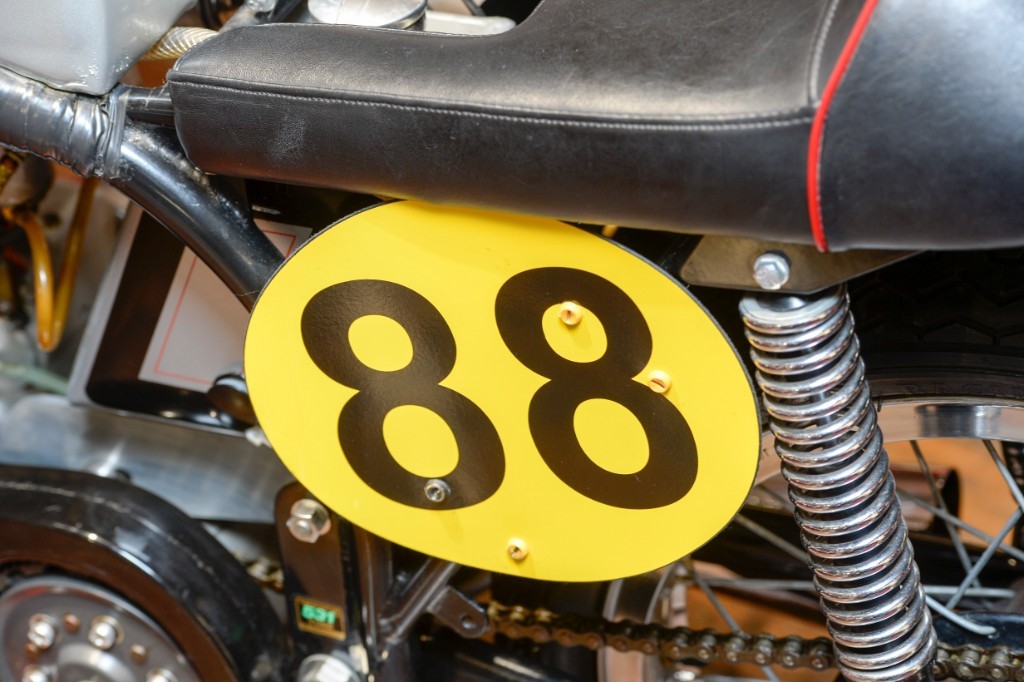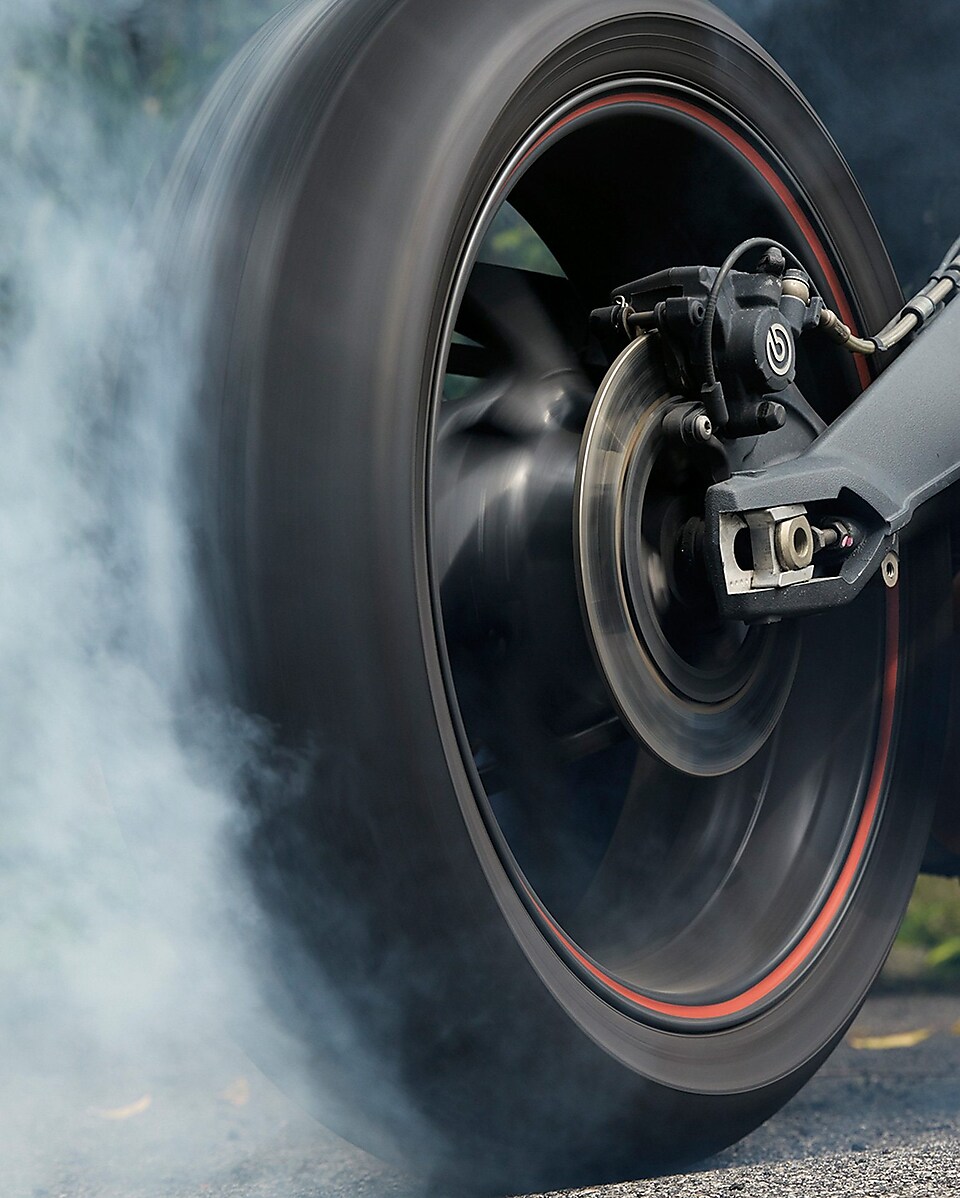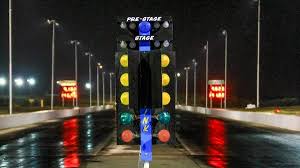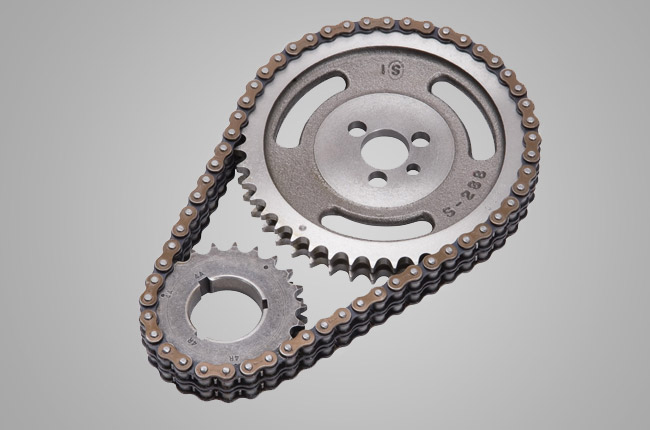


This edition of the Kawasaki ZRX 400 DOHC is the 6 speed | Manual version and was first brought out in 1999. This was at around the same time as the introduction of the 2000 Honda CBR 900 RR Fireblade 929 and the 2000 Yamaha YZF1000 R1.This particular Kawasaki ZRX 400 has a 399cc Liquid cooled, Two stroke, Transverse Petrol powerplant with 2 cylinders and Carburettor.
The 1999 ZRX 400 shares its Transverse engine and Sport style configuration with the likes of the 2020 Norton Superlight SS and the 2019 Norton Superlight Twin. Alternatively, if you're looking for other bikes which share the ZRX 400's Sport style with a similar size of engine then how about the 1995 Suzuki RGV 250 V-Twin | 1995cc.1994 Suzuki RGV 250 V-Twin | 1994cc.
Weighing in at 0 kgs (0 lbs) this makes the Kawasaki ZRX 400 DOHC in the same weight category as the 2025 Yamaha Tracer 9 GT+ or the 2025 Yamaha Tracer 9 GT, give or take 50kg.
In terms of power the 399cc 4 valve Transverse 2 cylinder engine produces 53 bhp (39 kW) @ 11500 rpm similar to the 2025 Yamaha Tenere 700 [72.4 bhp (53 kW) @ 9000 rpm] or the 2025 Yamaha WR 250 F [36.1 bhp (26 kW) @ 12000 rpm].
The DOHC Two stroke unit throws out torque of 27.2 lb-ft (37.0 Nm) @ 9000 rpm placing it alongside motorbikes of similar performance figures such as the 2025 Yamaha Tenere 700 [50.2 lb-ft (68.0 Nm) @ 6500 rpm] and the 2025 Suzuki SV 650 ABS [47.2 lb-ft (63.9 Nm) @ 8100 rpm].
If one combines the weight with power or torque performance for the Kawasaki ZRX 400 you can get a better idea of it's real world performance.
The 1999 Kawasaki ZRX 400 DOHC has a Power to weight ratio of 257.2 bhp per ton and 132.5 lb-ft per ton. Bhp Per Ton figures of the 1999 ZRX 400 competing with the 1983 Yamaha XT 600 Z Tenere [282.2 bhp\ton] and the 1980 Honda GL 1100 Gold Wing [282.2 bhp\ton].
If you agree with the late great Carroll Shelby, then arguably an even better indicator of potential performance is Torque. Factor weight into the equation and you end up with - Torque per ton, with the Kawasaki ZRX 400 generating around 132.5 lb-ft per ton. If you're curious as to what other motorbikes have as much torque to weight then look no further than the 1987 Honda CBR 400 RR [157.3 lb-ft per ton] and the 1986 Honda NS 250 R Rothmans Special Edition [157.3 lb-ft per ton].
With a 0-60mph time of 14.4 secs or a 0-100km/h (0-62mph) of 14.7 secs, this makes the Kawasaki ZRX 400 DOHC similar in acceleration to the 2024 Kawasaki Eliminator 500 Twin (14.4 secs) and the 2024 Kawasaki Ninja 7 Hybrid (14.4 secs). This Kawasaki ZRX 400 DOHC also competes in terms of 0-60 mph and 0-100km/h with the 2018 Honda CB 250 R Neo Sports Cafe (0.0 secs) and the 2020 Norton Superlight SS (0.4 secs).
![Honda C72 Dream - [1963] image Honda C72 Dream - [1963] image](/editionimages/b/default.jpg)
Quarter Mile time is a close race between the 1999 Kawasaki ZRX 400 DOHC and the 1963 Honda C72 Dream
When talking about the performance of the 1999 Kawasaki ZRX 400 DOHC on the drag strip it can reach a quarter mile in an estimated 0 secs @ 0 mph. Bikes with a similar performance down the quarter mile can be found in the 1963 Honda C72 Dream (0 secs) and the 2001 Honda VTR 250 DOHC (0 secs).
The 1999 version of the Kawasaki ZRX 400 DOHC has a maximum speed of 115mph.
If maxing out your bike on the AutoBahn is your thing and you're wondering what's faster at the top end than the 1999 Kawasaki ZRX 400 DOHC then how about a 2015 Yamaha XVS 1300 V-Star Deluxe (126 mph) and the 2015 Yamaha XVS 1300 Stryker (126 mph).












